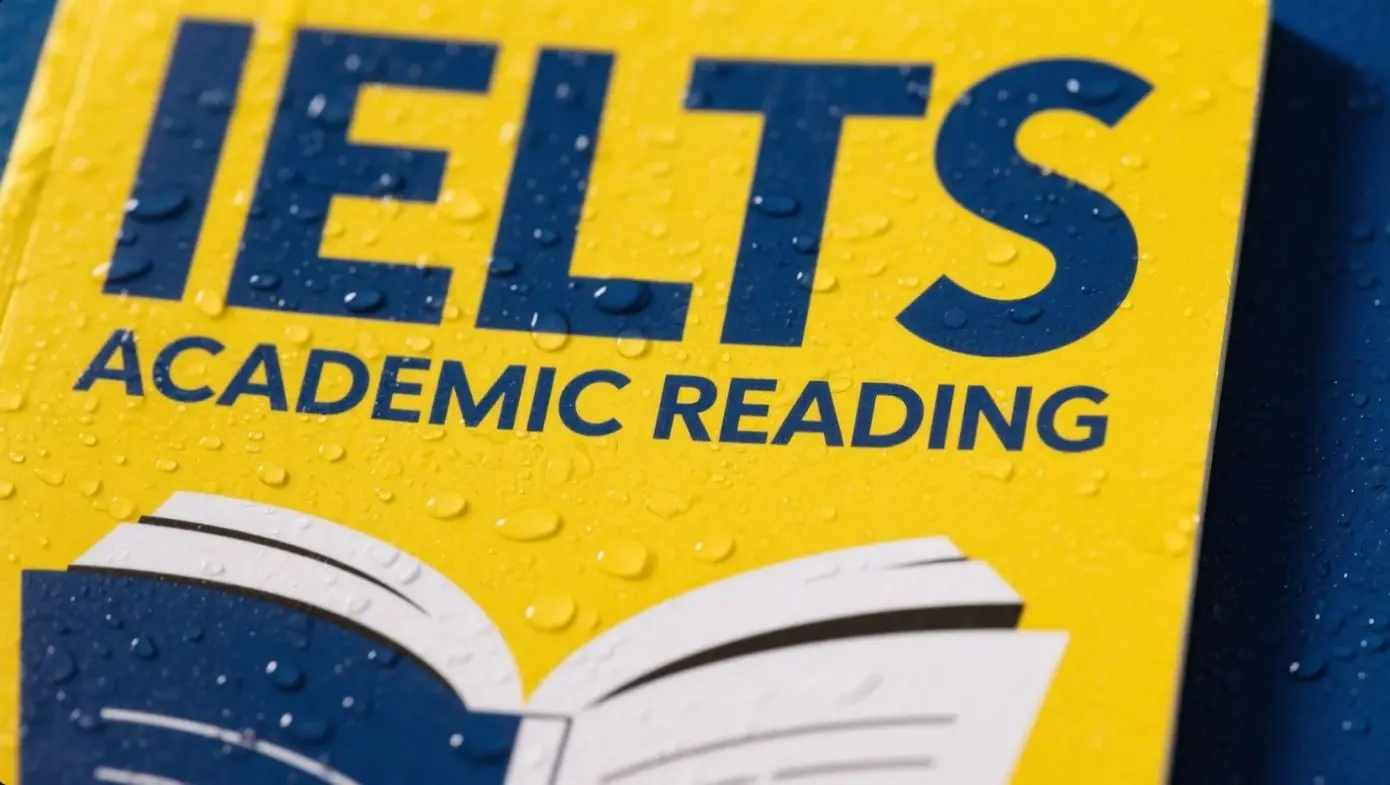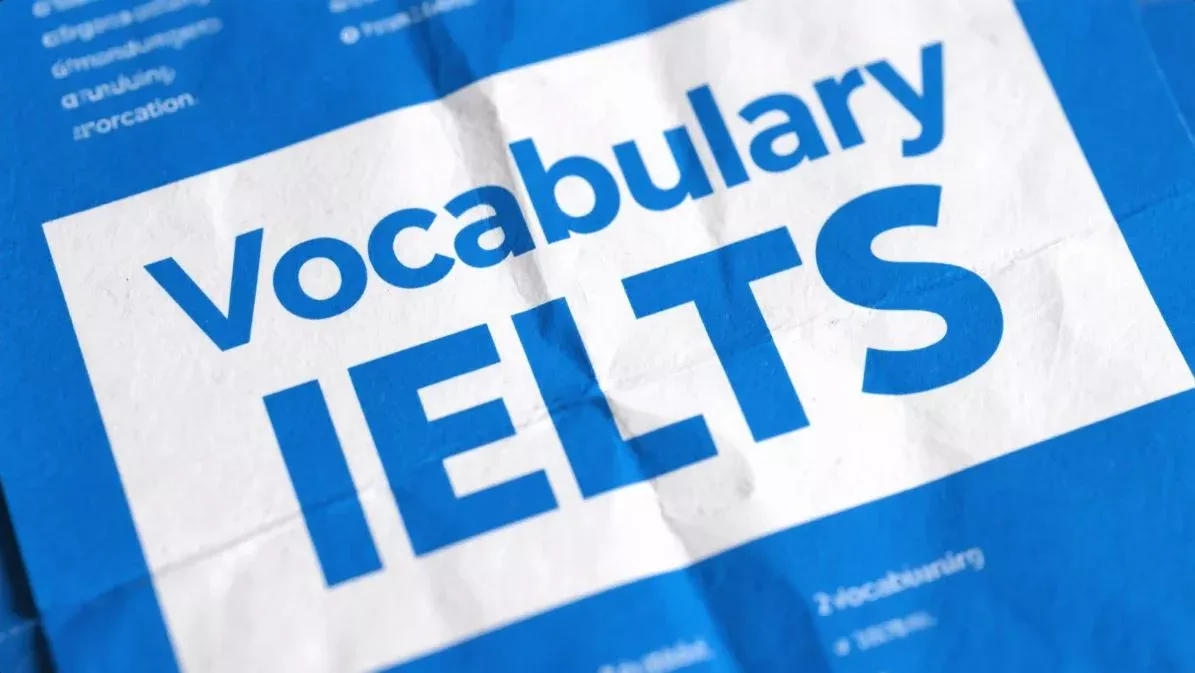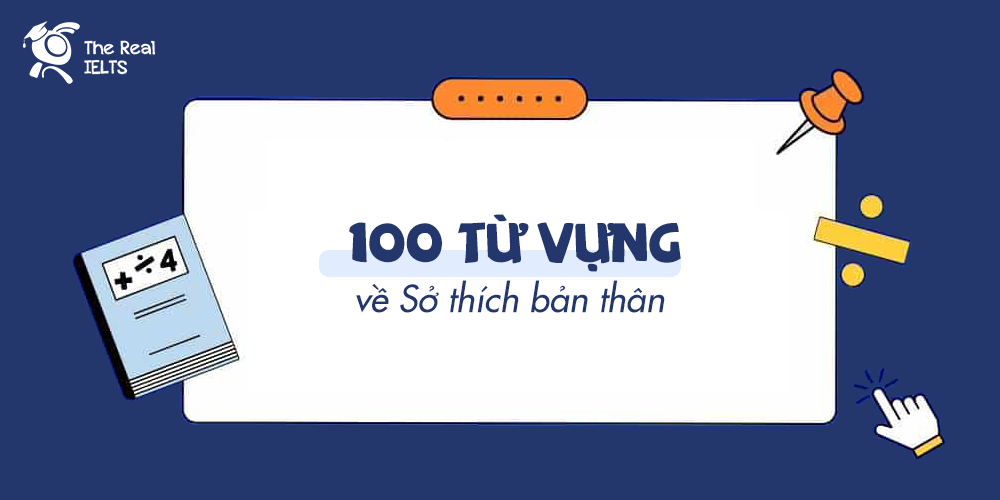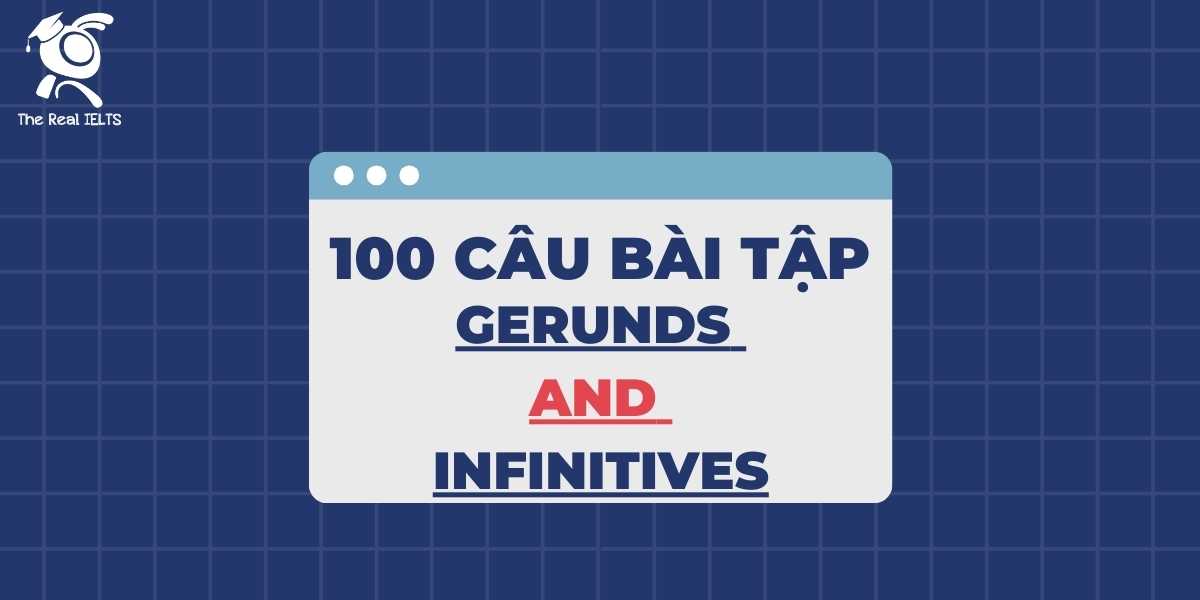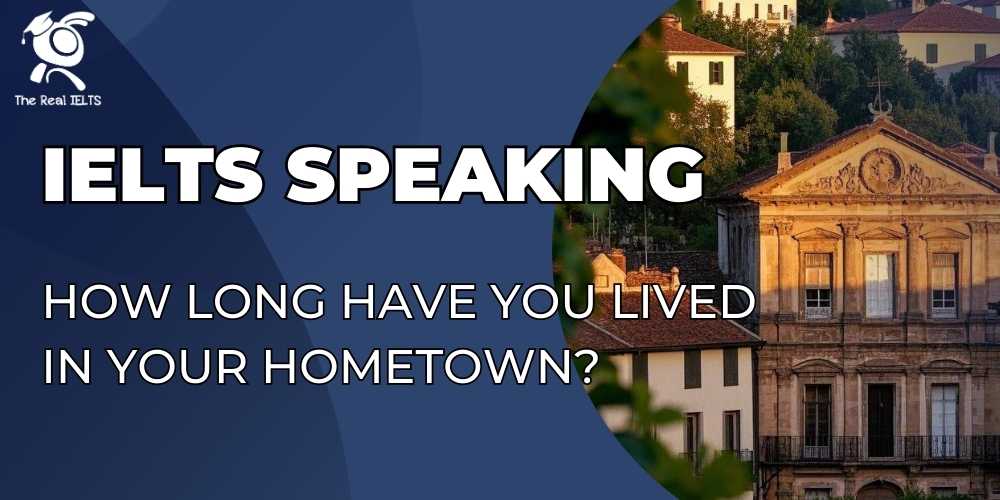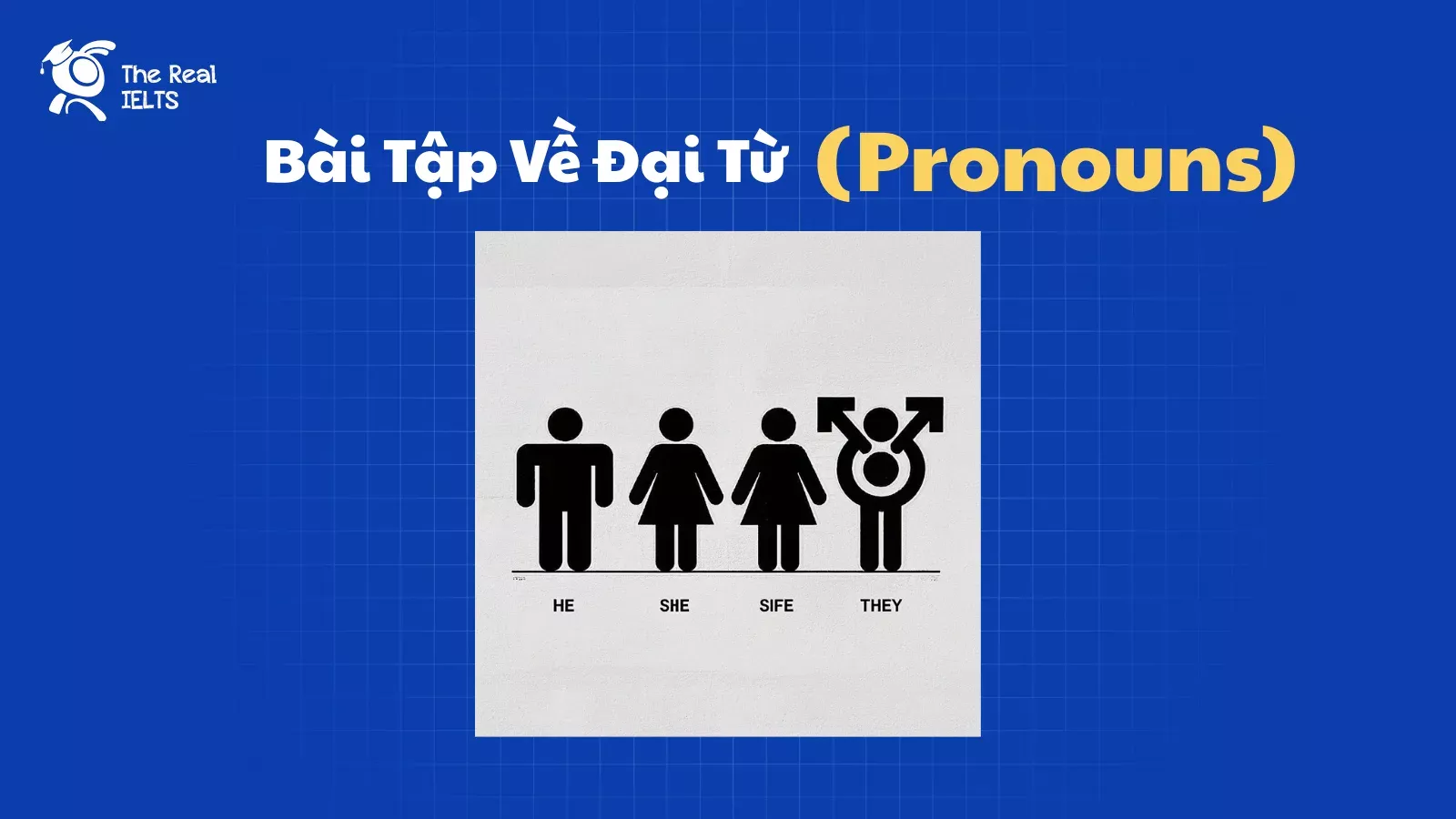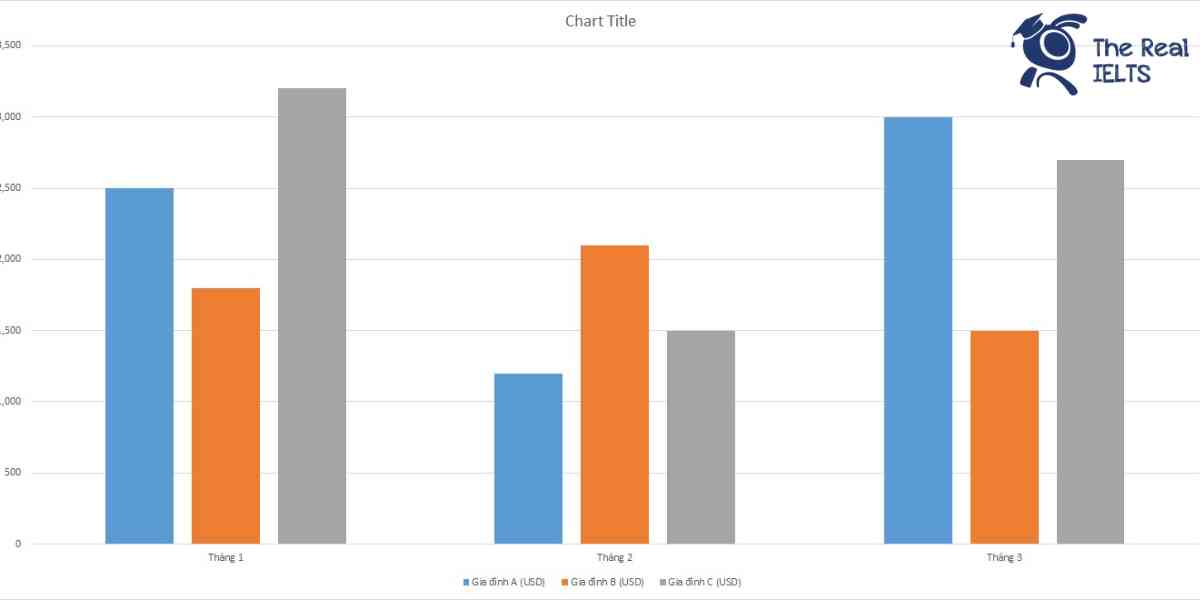Thành công trong kỳ thi IELTS phụ thuộc nhiều vào kỹ năng đọc hiểu, nơi thí sinh đối mặt với áp lực thời gian và nội dung học thuật phức tạp. IELTS Reading đòi hỏi khả năng phân tích nhanh, nắm bắt ý chính và xử lý từ vựng chuyên sâu. Để đạt band điểm từ 5 đến 8+, người học cần rèn luyện kỹ thuật skimming, scanning và quản lý thời gian một cách khoa học, đảm bảo tiếp cận bài thi hiệu quả và chính xác.
Đọc thêm: IELTS ACADEMIC READING TEST 8 – BAND 7.0+
PASSAGE 1: THE HISTORY OF CARTOGRAPHY
You should spend about 20 minutes on Questions 1–14, which are based on the reading passage below.
Maps are fundamental tools for understanding and navigating the world. The history of cartography—the science and art of map-making—reveals how human understanding of geography has evolved across time and cultures.
The earliest maps date back over 4,000 years, with examples found in Babylonian clay tablets. These ancient maps were symbolic rather than accurate, often representing cosmological or spiritual views of the world.
In ancient Greece, scholars like Ptolemy advanced cartography by applying geometry and latitude-longitude systems. His 2nd-century work Geographia compiled what was then known about the world and offered methods for projecting a spherical Earth onto a flat surface.
During the Middle Ages in Europe, mapmaking was heavily influenced by religious beliefs, producing “T-O maps” that placed Jerusalem at the center and divided the world into three continents. Meanwhile, Islamic scholars preserved and expanded Greek knowledge, producing detailed maps based on astronomical observation and travel accounts.
The Age of Exploration in the 15th and 16th centuries brought a dramatic shift. Navigators like Columbus and Magellan relied on more precise maps, and new territories were charted. The development of printing technology helped standardize and distribute maps widely.
In the modern era, cartography became increasingly scientific. The invention of the chronometer allowed accurate determination of longitude, and aerial photography further refined accuracy. Today, digital tools like GIS (Geographic Information Systems) and satellite imagery enable real-time mapping at an unprecedented scale.
From clay tablets to digital maps, cartography reflects how humans perceive, measure, and interact with their world.
QUESTIONS 1–14
Choose the correct answer A, B, C, or D.
1. What is cartography?
A. Studying ancient cultures
B. Making and analyzing maps
C. Measuring time and space
D. Translating old texts
2. What were early Babylonian maps mainly used for?
A. Sea navigation
B. Military planning
C. Religious or symbolic representation
D. Agricultural land use
3. What innovation did Ptolemy contribute?
A. Paper-making
B. Navigation tools
C. Latitude and longitude systems
D. Timekeeping devices
4. What was Geographia?
A. A sculpture
B. A star map
C. A mapping guide by Ptolemy
D. A religious text
5. What is a feature of “T-O maps”?
A. They included all continents
B. They emphasized economic centers
C. Jerusalem was placed in the center
D. They used satellite imagery
6. Who preserved Greek mapping knowledge during the Middle Ages?
A. Roman soldiers
B. Christian monks
C. Islamic scholars
D. Chinese explorers
7. What helped improve maps during the Age of Exploration?
A. Radio signals
B. Printing and new discoveries
C. GPS satellites
D. Medieval architecture
8. Why was the printing press important to cartography?
A. It improved compass use
B. It reduced map theft
C. It allowed mass production of standardized maps
D. It taught explorers how to draw
9. What does the chronometer help measure?
A. Time zones
B. Distance between stars
C. Accurate longitude
D. Population density
10. What did aerial photography contribute to maps?
A. Artistic style
B. Better color
C. Increased accuracy
D. Religious imagery
11. What does GIS allow users to do?
A. Track historical battles
B. Translate languages
C. Map the world in real time using digital tools
D. Predict the weather precisely
12. How have maps evolved, according to the passage?
A. They have stayed mostly the same
B. They became more decorative
C. From symbolic to scientific and digital
D. From east to west-oriented
13. What theme runs throughout the history of cartography?
A. Economic power
B. Technological improvement and evolving understanding
C. Religious authority
D. Warfare
14. The author’s tone is:
A. Critical
B. Objective and informative
C. Casual and humorous
D. Political
PASSAGE 2: THE FUTURE OF WORK AND AUTOMATION
You should spend about 20 minutes on Questions 15–28, which are based on the reading passage below.
Automation and artificial intelligence (AI) are reshaping the modern workforce. From manufacturing lines to legal research, tasks once performed by humans are now handled by machines or algorithms.
Historically, technological progress has displaced some jobs while creating others. The Industrial Revolution replaced manual labor but also gave rise to factory jobs, logistics, and urban economies. Today’s automation is different in scope: it can replace cognitive as well as physical tasks, raising questions about the future of employment.
Routine jobs, such as data entry or assembly line work, are most at risk. However, even non-routine tasks—like medical diagnosis or journalism—are being partially automated through machine learning and natural language processing. This shift calls for reskilling and adaptation rather than resistance.
Some economists argue that automation will lead to greater productivity and lower costs, ultimately benefiting consumers. Others warn that without adequate social policies, it may cause greater inequality and job polarization, where high-skill and low-skill jobs grow, but middle-skill jobs vanish.
One response is the promotion of universal basic income (UBI), a system in which all citizens receive regular payments regardless of employment. Advocates believe UBI could provide a safety net and stimulate entrepreneurship. Critics argue it may disincentivize work or prove financially unsustainable.
The role of education is also changing. Schools and training institutions must emphasize critical thinking, creativity, and emotional intelligence—skills less likely to be replicated by AI. Lifelong learning is increasingly seen as essential for future workers to remain competitive.
While no one can predict exactly how automation will unfold, societies must proactively shape policies to ensure that technology enhances rather than replaces human potential.
QUESTIONS 15–28
Choose the correct answer A, B, C, or D.
15. What is the main idea of the passage?
A. AI has no effect on jobs
B. Automation is changing work and society
C. Factories will return to manual labor
D. Education should be abolished
16. How does today’s automation differ from the Industrial Revolution?
A. It only affects agriculture
B. It replaces both physical and cognitive tasks
C. It employs more people
D. It is slower to develop
17. What kinds of jobs are most vulnerable?
A. High-level research
B. Government positions
C. Routine tasks like data entry
D. Teaching and coaching
18. What is happening to non-routine tasks?
A. They remain untouched
B. They are being automated partially
C. They are illegal
D. They are moving offshore
19. What does the passage suggest people must do in response?
A. Move to rural areas
B. Learn how to repair robots
C. Reskill and adapt
D. Avoid education
20. What is a potential benefit of automation?
A. Lower literacy
B. Reduced productivity
C. Cheaper goods
D. Increased taxes
21. What is job polarization?
A. Job satisfaction increasing
B. Growth of high- and low-skill jobs while middle ones decline
C. Equal job opportunities
D. Moving jobs to cold climates
22. What is one proposed solution to job loss?
A. Cutting social programs
B. Banning AI
C. Universal Basic Income
D. Longer working hours
23. What is one argument against UBI?
A. It causes pollution
B. It’s too popular
C. It may discourage people from working
D. It helps the rich only
24. What skills should schools now prioritize?
A. Memorization and repetition
B. Obedience and silence
C. Creativity and emotional intelligence
D. Typing speed
25. Why is lifelong learning important?
A. AI may replace hobbies
B. Workers need to remain adaptable
C. Employers require degrees
D. It helps delay retirement
26. How is education’s role changing?
A. Becoming obsolete
B. Focused more on creative and social skills
C. Replaced by robots
D. Only relevant for children
27. What must societies do to benefit from automation?
A. Eliminate taxes
B. Invest only in factories
C. Shape policies that support human potential
D. Limit internet access
28. The author’s tone is:
A. Neutral and forward-thinking
B. Angry and pessimistic
C. Comedic and informal
D. Romantic and nostalgic
PASSAGE 3: THE MYSTERY OF DARK MATTER
You should spend about 20 minutes on Questions 29–42, which are based on the reading passage below.
When we look at the night sky, we see stars, planets, and galaxies. Yet these visible objects make up only a small portion of the universe. Most of the universe consists of dark matter and dark energy, both of which remain largely mysterious.
Dark matter is an invisible substance that does not emit, absorb, or reflect light, making it impossible to detect directly. Its presence is inferred from its gravitational effects. Galaxies rotate at such speeds that they should fly apart, yet they don’t—indicating the presence of unseen mass.
Fritz Zwicky, in the 1930s, was the first to propose the idea of “missing mass” while studying galaxy clusters. Later, Vera Rubin’s observations of galactic rotation provided strong evidence that most matter in galaxies is dark.
Despite decades of research, the composition of dark matter remains unknown. Candidates include WIMPs (Weakly Interacting Massive Particles), axions, and even primordial black holes. Efforts to detect these particles in underground labs or through particle accelerators have yet to yield conclusive results.
Dark matter is different from dark energy, which is believed to be responsible for the accelerating expansion of the universe. Together, dark matter and dark energy are thought to make up about 95% of the total mass-energy of the cosmos.
Understanding dark matter could unlock secrets about the origin, structure, and fate of the universe. For now, it remains one of the greatest mysteries in modern physics.
QUESTIONS 29–42
Choose the correct answer A, B, C, or D.
29. What is dark matter?
A. A type of visible gas
B. Matter that reflects sunlight
C. Invisible mass detectable by gravity
D. Energy from stars
30. Why can’t we see dark matter directly?
A. It’s too far away
B. It hides behind planets
C. It doesn’t interact with light
D. It moves too fast
31. How is dark matter detected?
A. By measuring temperature
B. Through its gravitational influence
C. Using infrared telescopes
D. With sound waves
32. What observation suggests galaxies contain unseen mass?
A. Their rotation is slower than expected
B. They emit too much light
C. They rotate too fast to hold together without extra mass
D. Their color shifts too often
33. Who first proposed the idea of missing mass?
A. Albert Einstein
B. Vera Rubin
C. Fritz Zwicky
D. Isaac Newton
34. What did Vera Rubin contribute?
A. Discovered black holes
B. Observed galaxy rotation supporting dark matter
C. Measured star temperatures
D. Created the Big Bang theory
35. What are some possible components of dark matter?
A. Oxygen and nitrogen
B. WIMPs, axions, black holes
C. Electrons and protons
D. Sound and magnetism
36. What is the status of detecting dark matter particles?
A. They are visible through microscopes
B. They are confirmed with X-rays
C. No conclusive detection yet
D. Detected regularly underground
37. How is dark matter different from dark energy?
A. Dark energy has mass
B. Dark matter changes temperatures
C. Dark energy drives universe expansion
D. Dark matter is hot
38. What percentage of the universe is dark matter and energy?
A. 10%
B. About 25%
C. 95%
D. Less than 1%
39. Why is studying dark matter important?
A. It helps build faster computers
B. It explains human behavior
C. It may reveal how the universe works and evolves
D. It reduces light pollution
40. What tool has been used to search for dark matter?
A. Nuclear submarines
B. Weather balloons
C. Particle accelerators
D. Space shuttles
41. What is a major challenge in dark matter research?
A. Too many theories
B. Lack of funding
C. No direct detection yet
D. Poor satellite signals
42. The tone of the passage is:
A. Frustrated
B. Inquisitive and scientific
C. Dismissive of astronomy
D. Political and persuasive
ĐÁP ÁN & GIẢI THÍCH – IELTS READING TEST 9
PASSAGE 1: THE HISTORY OF CARTOGRAPHY
| Câu | Đáp án | Giải thích |
|---|---|---|
| 1 | B | Cartography là khoa học và nghệ thuật vẽ bản đồ. |
| 2 | C | Bản đồ Babylon cổ mang tính biểu tượng, tâm linh nhiều hơn là chính xác địa lý. |
| 3 | C | Ptolemy đã phát triển hệ thống vĩ độ – kinh độ. |
| 4 | C | Geographia là tác phẩm của Ptolemy mô tả phương pháp lập bản đồ. |
| 5 | C | Bản đồ T-O thời Trung cổ đặt Jerusalem ở trung tâm bản đồ. |
| 6 | C | Học giả Hồi giáo lưu giữ và mở rộng tri thức bản đồ Hy Lạp cổ. |
| 7 | B | Kỷ nguyên khám phá địa lý (Age of Exploration) đi kèm in ấn bản đồ & khám phá địa lý mới. |
| 8 | C | In ấn giúp chuẩn hóa và phổ biến bản đồ trên diện rộng. |
| 9 | C | Chronometer giúp xác định kinh độ chính xác khi đi biển. |
| 10 | C | Chụp ảnh từ trên không giúp tăng độ chính xác bản đồ. |
| 11 | C | GIS = hệ thống thông tin địa lý cho phép lập bản đồ thời gian thực. |
| 12 | C | Quá trình phát triển: từ biểu tượng → khoa học → công nghệ số. |
| 13 | B | Chủ đề xuyên suốt là tiến bộ công nghệ và hiểu biết không gian địa lý tăng dần. |
| 14 | B | Giọng điệu khách quan, mang tính thông tin và lịch sử. |
PASSAGE 2: THE FUTURE OF WORK AND AUTOMATION
| Câu | Đáp án | Giải thích |
|---|---|---|
| 15 | B | Toàn bài nói về tác động của tự động hóa và AI đến công việc, xã hội. |
| 16 | B | Ngày nay AI có thể thay cả nhiệm vụ thể chất lẫn trí óc, khác thời cách mạng công nghiệp. |
| 17 | C | Công việc lặp lại, đơn giản như nhập liệu dễ bị thay thế nhất. |
| 18 | B | Ngay cả công việc không lặp lại cũng đang bị tự động hóa một phần. |
| 19 | C | Giải pháp là đào tạo lại, thích nghi, không phải phản kháng. |
| 20 | C | Một lợi ích của tự động hóa là năng suất cao hơn, chi phí thấp hơn. |
| 21 | B | Job polarization = nghề trình độ trung bình giảm, nghề cao/thấp tăng. |
| 22 | C | Universal Basic Income (UBI) được đề xuất để giảm thiểu tác động mất việc làm. |
| 23 | C | Chỉ trích UBI: làm người ta lười làm việc và có thể không bền vững về tài chính. |
| 24 | C | Trường học nên ưu tiên sáng tạo, EQ, tư duy phản biện – khó bị AI thay thế. |
| 25 | B | Lifelong learning giúp người lao động thích nghi trong thế giới thay đổi nhanh. |
| 26 | B | Giáo dục cần tập trung vào kỹ năng xã hội, sáng tạo. |
| 27 | C | Xã hội cần chính sách để công nghệ hỗ trợ chứ không thay thế con người. |
| 28 | A | Giọng điệu trung lập, hướng tới tương lai, không bi quan hay cường điệu. |
PASSAGE 3: THE MYSTERY OF DARK MATTER
| Câu | Đáp án | Giải thích |
|---|---|---|
| 29 | C | Dark matter = vật chất vô hình, phát hiện nhờ lực hấp dẫn. |
| 30 | C | Nó không tương tác với ánh sáng nên không thể nhìn thấy trực tiếp. |
| 31 | B | Phát hiện gián tiếp thông qua ảnh hưởng hấp dẫn lên vật thể khác. |
| 32 | C | Galaxy quay quá nhanh → cần khối lượng “ẩn” để giữ chúng lại. |
| 33 | C | Fritz Zwicky là người đầu tiên đưa ra ý tưởng về khối lượng bị thiếu. |
| 34 | B | Vera Rubin cung cấp bằng chứng thực tế về vật chất tối qua quan sát quay thiên hà. |
| 35 | B | Các giả thuyết: WIMPs, axions, hố đen sơ khai. |
| 36 | C | Đến nay chưa có phát hiện trực tiếp nào được xác nhận. |
| 37 | C | Dark energy thúc đẩy sự giãn nở vũ trụ, khác với dark matter là khối lượng “ẩn”. |
| 38 | C | Tổng cộng dark matter + dark energy = 95% vũ trụ. |
| 39 | C | Nghiên cứu dark matter giúp hiểu sự hình thành, cấu trúc, tương lai vũ trụ. |
| 40 | C | Dùng máy gia tốc hạt, phòng thí nghiệm ngầm để tìm hạt dark matter. |
| 41 | C | Thách thức lớn nhất: chưa có cách phát hiện trực tiếp đáng tin cậy. |
| 42 | B | Giọng điệu khoa học, tò mò, đầy suy nghĩ về bí ẩn vũ trụ. |


